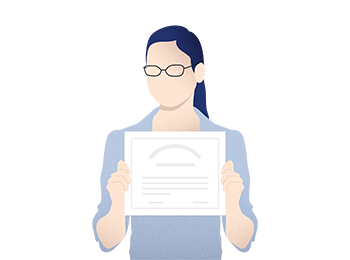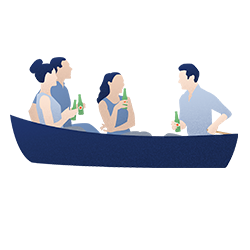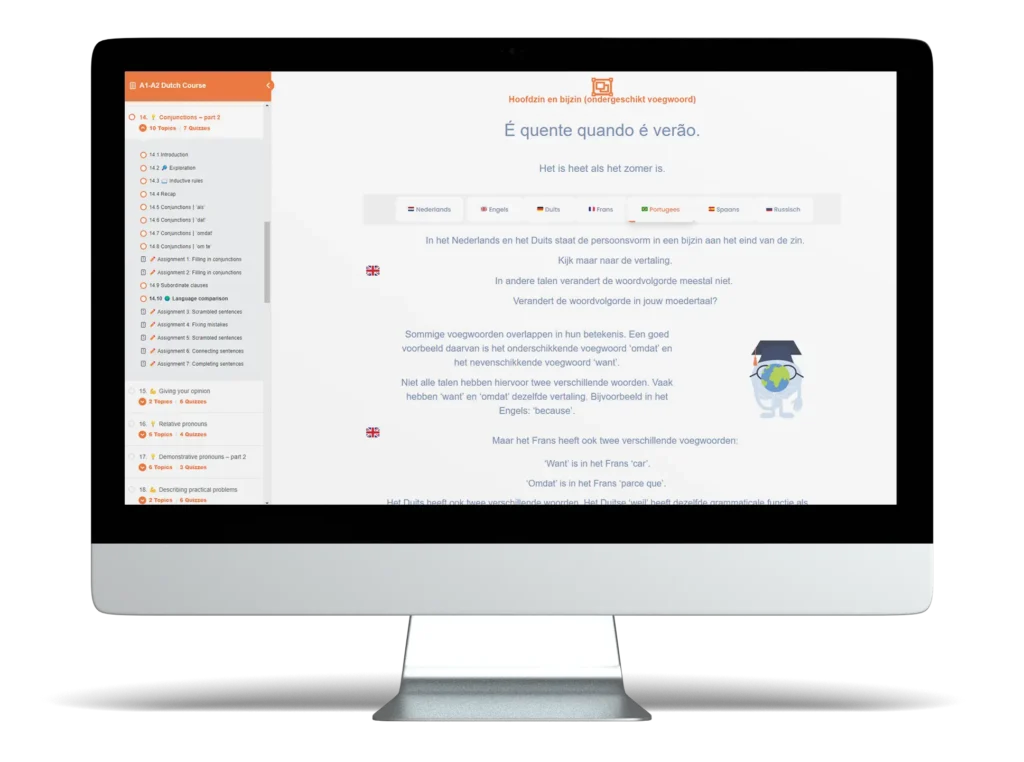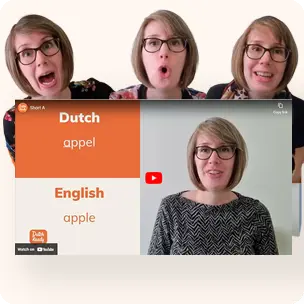
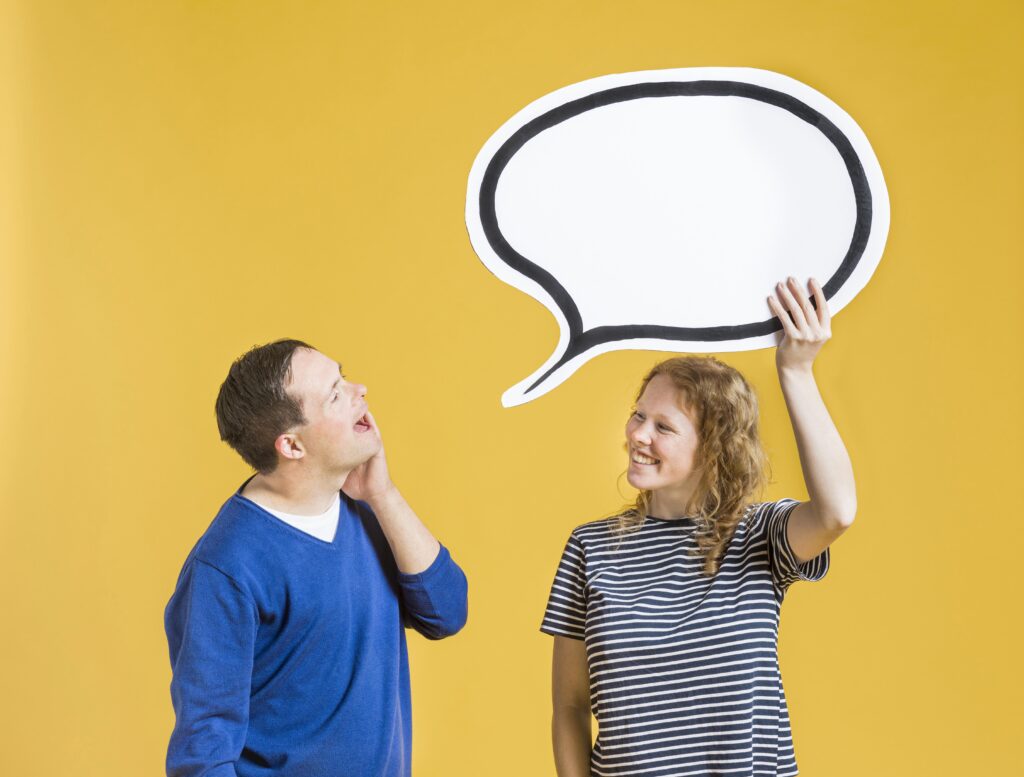
When learning a language, pronunciation is one of the most important aspects to master. And Dutch is no exception to that. When you improve your Dutch pronunciation, you will make the difference between inefficient communication and a good conversation. Moreover, mastering pronunciation also means a boost in self-confidence and Dutchies being less likely to switch to English in conversation. That is why pronunciation, regardless of your language level, is always an important focus in a Dutch Ready NT2 Dutch course.
Have you ever tried to strike up a conversation or ask a question in Dutch, and the native speaker stared at you with a dazed look? Trying your best and feeling you’re very close to the correct pronunciation, but the other person not being able to understand, can be quite frustrating and even demotivating. Especially if your conversation partner switches to English instead of trying to speak with you in Dutch. Incorrect pronunciation can be a real barrier for people to easily understand you. When you practice your Dutch pronunciation, you’ll have this experience a lot less.
Are you looking for ways to improve your Dutch pronunciation? In this blog we will take a closer look at the sounds of Dutch and give you practical tips to practice them, regardless of your current level and how long you have been living in the Netherlands. In addition, we would like to support you with useful tools, such as our Pronunciation Module and our (free!) sound comparison cards, which give you detailed insight into Dutch pronunciation and help you improve it step by step.
How difficult a language is depends, among other things, on which languages you speak. The more the languages are similar, the easier it will be. For example, if you speak only Chinese, it will be a lot harder for you to practice and improve your Dutch pronunciation than if you (also) speak English. This also applies specifically to pronunciation. Do you speak English and/or German, or any of the other languages which, like Dutch, belong to the Germanic language family? Then it immediately becomes a lot easier for you.
Even the notorious Dutch g/ch sound, which to some sounds like choking, is actually quite common in some other languages. You can find it in words such as ‘jarrón’ (vase in Spanish), ‘хата’ (house in Russian), ‘góra’ (up in Polish), or even ‘Loch Ness’ (a well-known lake, in English).
Especially for English speakers it is not too difficult to improve their Dutch pronunciation. Of course, that does not mean that it is always a walk in the park. Most learners find guttural sounds (the sounds made at the back of the throat, such as the g) quite a challenge, as well as some diphthongs such as eu and au and so-called pseudo diphthongs such as oei and eeu. We’ll come back to those troublemakers in a moment.
We do want to tell you one thing already: don’t let those ‘difficult’ sounds discourage you. Many students who skip pronunciation practice feel afraid to speak Dutch later on.
By the way, in this blog we take English as a starting point for comparison with the Dutch phonetic system because almost every expat masters this language. However, Dutch Ready has a useful comparison tool for native speakers from as many as 15 different countries. We’ll tell you a little more about that free tool shortly!
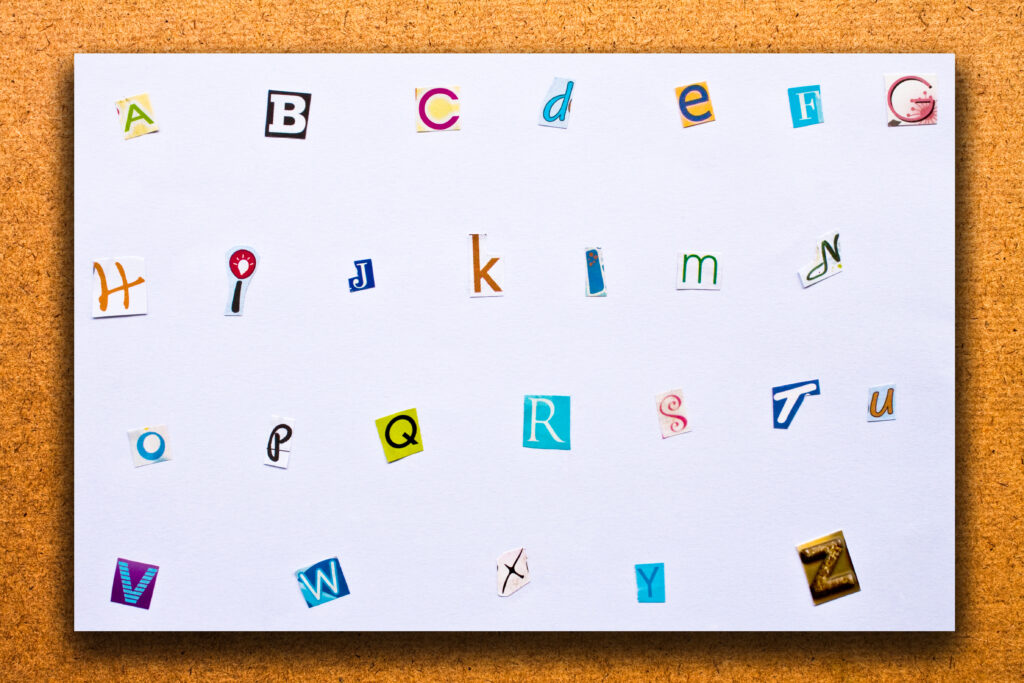
Like English, Dutch uses the Latin alphabet. So there’s no need to learn new characters. A second nice feature of our language is that it is quite phonetic. By this we mean that there is a strong relationship between spelling and pronunciation. In other words, once you are familiar with the sounds, you can easily deduce the pronunciation of a word from its spelling. This is much easier than in other languages like English or French, which are a lot less phonetically consistent. Just take the ea combination in English, which can be pronounced in numerous different ways:
sea – bread – great – ocean – create – idea – react
And now for comparison, let’s take an example of a Dutch diphthong, the ei:

meisje


geit


klein


reis


mei


zeilen

Hear how the combination ei sounds the same in all words? No hidden surprises! So, when you improve your Dutch pronunciation by learning what each combination sounds like first, then you have already taken one of the first big steps.
All right, back to the Dutch alphabet and pronunciation. You can rejoice in the fact that the alphabet is the same one used in English. So that means 26 different letters, divided into vowels (a, e, i, o, u) and consonants. Let’s briefly review both vowels and consonants below.
If we take a look at the five separate vowels (a, e, i, o, u), we can say that they are often challenging for quite a few non-native speakers. This is because Dutch has more vowel sounds than many other languages. First off, in Dutch, we distinguish between short and long vowels. A single vowel is pronounced short, as for example in ‘bal‘ (ball), while double vowels, as in ‘kaas‘ (cheese), are pronounced long.
At first glance, perhaps nothing strange. But even a single vowel is often pronounced as a long vowel, for example, in words like ‘maken‘ (to make). Listen below how the words are pronounced:

bal


kaas


maken

So even a phonetic language still provides a surprise every now and then!
Let’s take a look at another example:

man


maan


maken

The single a in ‘maken’ sounds the same as the double aa in ‘maan’. This is due to a phenomenon that we at Dutch Ready call sound stability. The way we pronounce a vowel depends on the letters that come after it and the way words are split into syllables. It is something that is not covered in most Dutch pronunciation dictionaries, even though it is essential to get a good Dutch accent. Our Dutch Ready Pronunciation and Spelling Module therefore not only teaches you everything about the pronunciation of all Dutch sounds in itself, but also about when this phenomenon of sound stability occurs and why.
So Dutch has 5 different vowels (which can be pronounced long or short), but it doesn’t stop there, because we also have many vowel combinations, consisting of two or three vowels. These are pronounced (more or less) as one vowel: au, ei, eu, ie, ij, oe, ou, ui, aai, oei, ewe, ieu, eeu. Sometimes you also encounter ae, ai or oi, for example, in Mr. Spaenders, mais and hoi. These are all fixed combinations, with their own unique sound that you have to learn by heart. Luckily, once you know what each combination sounds like you won’t run into any surprises later. The vowel combinations are also covered in detail in our Dutch Ready Pronunciation Module.

If you want to sound more Dutch, then of course the consonants also need your attentian. Most Dutch consonants are pronounced roughly in the same way as English. Yet, also more than enough differences can be identified, such as:
if your language doesn't contain a Dutch sound, you can try to approach the sound from outside the perspective of language. For instance, the g/ch sound can usually be mastered very quickly by mimicking gurgling, but without the water.
A major learning goal of many students who enroll with us is to improve their Dutch pronunciation. We know from experience that a number of sounds can be a bit more challenging for a large proportion of learners. These include:
We already gave you a quick tip, but don’t worry too much about that if you can’t master it. While in Groningen itself they use the ‘hard’ g a lot, in the southern part of the Netherlands they pronounce it much softer. Besides, with the right guidance, you’ll master this sound in no time! Want to know more about these variations? Earlier we also wrote a blog on Dutch dialects.
Practice makes perfect. But what also helps is detailed instructions from an experienced teacher or speech therapist. They can guide you properly with making the right mouth shape. Practical instructions and exercises are an important part of our Pronunciation and Spelling Module. This flexible and user-friendly self-study module can be used by everyone, regardless of language level. Moreover, you can go through the module at your own pace and in the order that best suits your needs.
Learning a new language involves trial and error. Mistakes are not a bad thing and are part of the learning process. In fact, they are necessary for learning! A mistake in pronunciation can sometimes confuse a native speaker. Occasionally, however, it can also lead to a difference in meaning, sometimes resulting in hilarity. The best thing you can do then? Simply, shrug your shoulders and laugh.
Have you ever heard any of these pronunciation mistakes or perhaps made them yourself?

Are you ready to practice your Dutch pronunciation further? These tips may be helpful:
We mentioned it at the beginning of this blog: for native speakers of as many as 15 different languages, we have developed a very useful tool: the sound comparison cards. You can download these for free from our website. The sound cards (including IPA notation) help you compare the sounds of your native language with Dutch and give you multiple examples to listen to for each sound. This way, you’ll improve your Dutch pronunciation even faster. Are you starting to get the hang of it? You can master the pronunciation even more with the Dutch Ready sound module!
The sound cards are made for the following languages: English, German, French, Spanish, Italian, Greek, Polish, Russian, Hindi, Portuguese, Danish, Hungarian, Korean, Mandarin, Afrikaans and Turkish. We continue to work on new editions for other languages, so isn’t your native language among them? Then keep an eye on our website for updated tools that you can improve your Dutch pronunciation with.
Language lessons & materials designed to help you learn Dutch fast. Use what you know, simplify what you don’t.

Join our newsletter!
Receive free learning tips and stay up to date on deals and courses.
